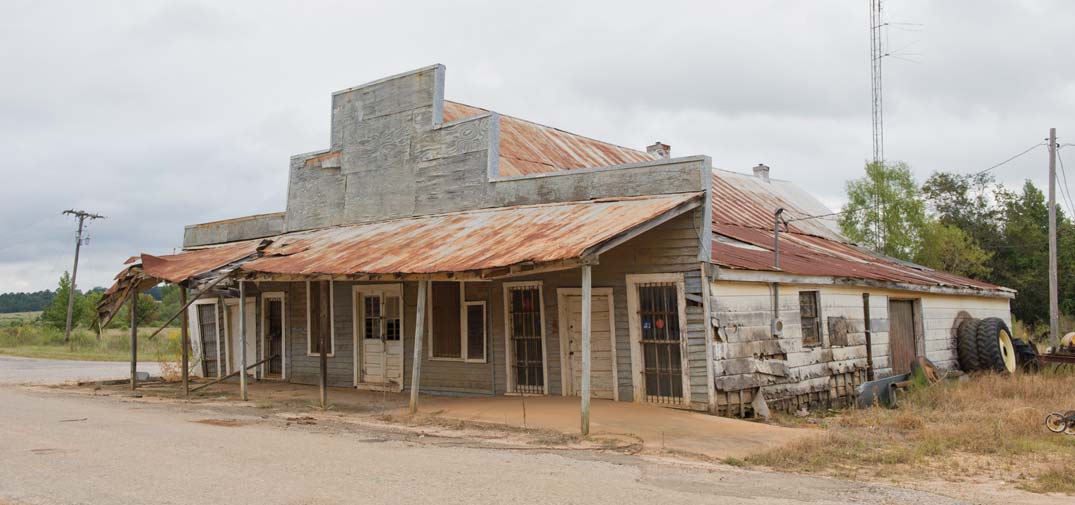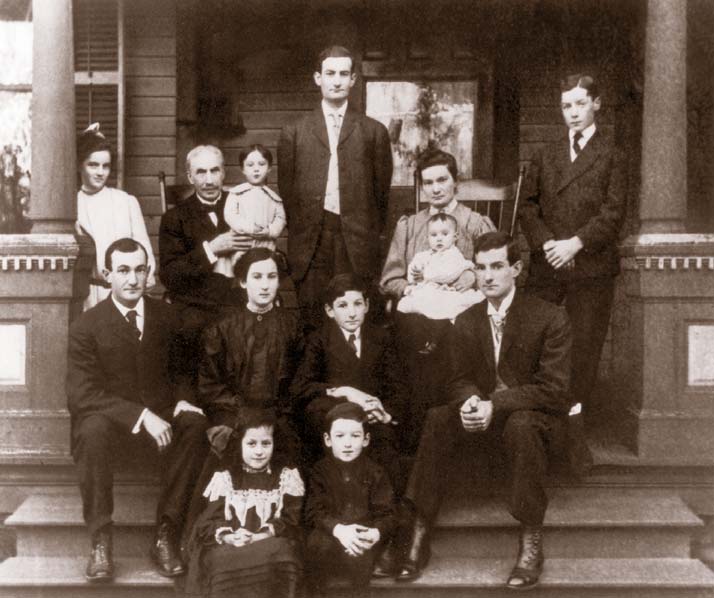|
Not so long ago, scores of country stores were scattered across rural Alabama—at dusty crossroads or along a lonely stretch of blacktop knifing through fields and tangled woodlands, or huddled beside an isolated railway crossing. Mostly they were humble, expedient buildings, devoid of pretension, built to serve a plain agrarian society while enriching the coffers of some enterprising local merchant.
Although Catholicism’s presence in the South dates to the colonial era, by the nineteenth century Catholics were few and far between in most parts of the region, especially in rural areas, so much so that the church hierarchy sent priests to its southern parishes every few years to remind scattered parishioners of the importance of continued devotion. In the first half of the twentieth century, however, Catholics in the South began to evangelize, turning their attention to non-Catholics for conversion and recruiting a lay apostolate willing both to share its faith and to serve the poor and abandoned. Vital to these activities were orders such as the Congregation of the Mission, also known as the Vicentian Fathers, which established its first Alabama mission station in 1910. And central to the success of those orders were women like Sister Peter Claver, whose ministrations to poor whites, African Americans, and immigrants in rural portions of the state exhibited tremendous resolve and dedication to the principles of the Social Gospel and the Catholic Worker movement in an environment where other religious could be hard to find.
|
From the VaultRead complete classic articles and departments featured in Alabama Heritage magazine in the past 35 years of publishing. You'll find in-depth features along with quirky and fun departments that cover the people, places, and events that make our state great! Archives
April 2024
Categories
All
|
|


 RSS Feed
RSS Feed